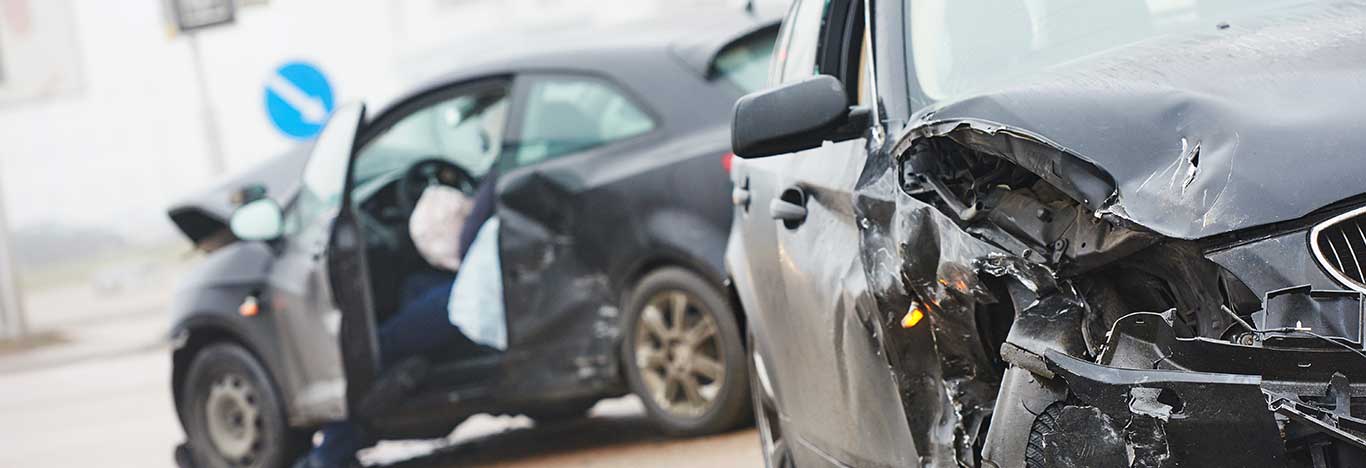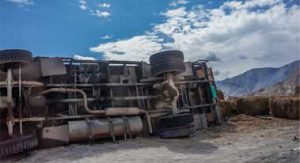
- Do you wish to find out more about the various types of automobile insurance coverages which are sold in Hawaii? These have been summarized for you at the following link:
Common types of automobile insurance coverages in Hawaii
- Hawaii is a “no fault” state. That means that all drivers are required by law to maintain minimum insurance coverages applicable to their vehicle. The minimums differ for depending upon the particular vehicle involved. These requirements vary from time to time so contact an insurance professional in the State of Hawaii for the latest requirements.
- The deadline for filing a lawsuit in court to make claims for injuries arising out of a motor vehicle accident is generally two years from the date of the accident or two years from the date of the last no fault, worker’s compensation or public assistance benefit payment related to the accident, if such payments are made. You must file your claims in court prior to the expiration of this deadline, or your claims may be lost regardless of their merit.
- If you have been injured in an auto accident in Hawaii, you first need to obtain and fill out a No Fault (Personal Injury Protection) benefits application form from the insurance company for the car in which you were riding (or the car that impacted you if you were a pedestrian or a bicyclist). No Fault (PIP) usually provides medical coverage for injuries arising out of the use, maintenance or operation of a motor vehicle in Hawaii and it may also provide various other coverages (wage loss, substitute services, etc.)
- In Hawaii at present you generally must have at least a certain amount in medical expenses $5,000 (1/1/98 on) [$13,900 (9/1/95 to 12/31/97); $11,000 (9/1/94 to 8/31/95) ; $10,000 (9/1/92 to 8/31/94), etc.]
 before you can recover for pain, suffering, mental anguish, loss of enjoyment of life, wage loss in excess of that paid by No Fault and various other losses caused by a motor vehicle accident. However, there are also a few other situations in which recovery for these additional losses may be possible. These situations include (1) accidents arising out of conduct for which punitive damages could be awarded, (2) accidents resulting in death, (3) accidents causing permanent loss of use of a part or function of the body, (4) accidents giving rise to permanent serious disfigurement, (5) accidents in which the No Fault benefits are exhausted and a few other situations.
before you can recover for pain, suffering, mental anguish, loss of enjoyment of life, wage loss in excess of that paid by No Fault and various other losses caused by a motor vehicle accident. However, there are also a few other situations in which recovery for these additional losses may be possible. These situations include (1) accidents arising out of conduct for which punitive damages could be awarded, (2) accidents resulting in death, (3) accidents causing permanent loss of use of a part or function of the body, (4) accidents giving rise to permanent serious disfigurement, (5) accidents in which the No Fault benefits are exhausted and a few other situations.
General Resources for Truck Accidents and Bus Accidents
An Analysis of Fatal Large Truck Crashes By the US Dept of Transportation- National Highway Traffic Safety Administration National Center for Statistics and Analysis June 2003
General information about Truck or Bus Accident claims in Hawaii
If you have suffered injuries or loss as the result of a truck, bus or other motor vehicle accident in Hawaii, you will probably want to obtain and fill out a No Fault (Personal Injury Protection) benefits application form from the insurance company for the vehicle with which you were most closely connected (the vehicle in which you were riding if you were in a vehicle or the vehicle that impacted you if you were a pedestrian or a bicyclist). No Fault (PIP) usually provides medical coverage for injuries arising out of the use, maintenance or operation of a truck, bus or other motor vehicle in Hawaii and it may also provide various other coverages (wage loss, substitute services, funeral benefits, etc.)
In Hawaii at present you generally must have at least a certain amount in medical expenses actually paid by the No Fault (PIP) insurer $5,000 (1/1/98 on) before you can recover for pain, suffering, mental anguish, loss of enjoyment of life, wage loss in excess of that paid by No Fault (PIP) and various other losses caused by a truck, bus or other motor vehicle accident. However, there are also a few other situations in which recovery for these additional losses may be possible. These situations include (1) accidents arising out of conduct for which punitive damages could be awarded, (2) accidents resulting in death, (3) accidents causing permanent loss of use of a part or function of the body, (4) accidents giving rise to permanent serious disfigurement which causes mental suffering, and (5) accidents in which the No Fault (PIP) benefits are exhausted and a few other situations.



